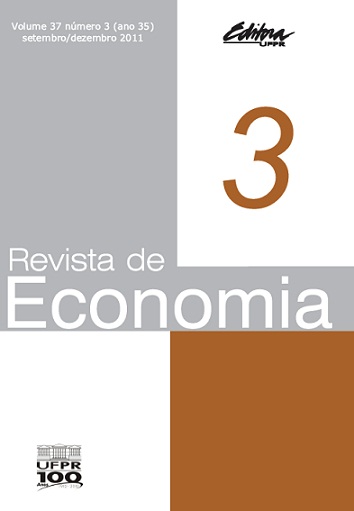Comparative analysis of the hedging effectiveness for soybean using ols and bivariate Garch Bekk Model
DOI:
https://doi.org/10.5380/re.v37i3.27533Palavras-chave:
Dynamic hedge, minimum variance, soybeans, Mato Grosso.Resumo
Dynamic hedging effectiveness for soybean farmers in Rondonópolis (MT) with futures contracts of BM&F-BOVESPA is calculated through optimal hedge determination, using the bivariate GARCH BEKK model, which considers the conditional correlations of the prices series, comparing the results with the minimum variance model effectiveness, calculated by OLS, the unhedged and the naïve hedge positions. The financial effectiveness of the dynamic hedge model is superior and can be used by farmers for several decision making purposes such as price discovery, hedging calibration, cash flow projections, market timing, among others.
Downloads
Como Citar
Edição
Seção
Licença
Ao submeter um artigo, os autores concordam com os seguintes termos:
1. Autores mantêm os direitos autorais e concedem à revista o direito de primeira publicação, com o trabalho simultaneamente licenciado sob a licença Creative Commons (CC BY), que permite o compartilhamento do trabalho com reconhecimento da autoria e publicação inicial nesta revista.
2. Autores têm autorização para assumir contratos adicionais separadamente, para distribuição não-exclusiva da versão do trabalho publicada nesta revista (ex.: publicar em repositório institucional ou como capítulo de livro), com reconhecimento de autoria e publicação inicial nesta revista.




